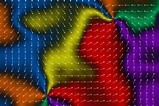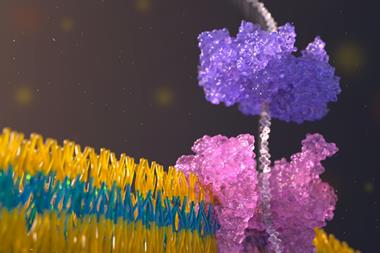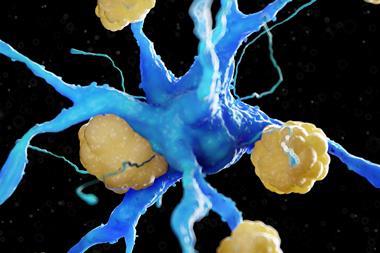What will nanopore sequencing turn its hand to next?
There’s a certain elegance to nanopore-based sensors. By monitoring how an electric current changes in response to analytes entering a nanopore, it’s possible to discern between all sorts of molecules and ions. In particular, nanopore-based technology has sparked breathtaking advances in our ability to chart the order of nucleotides in DNA molecules. It can read long (we’re talking in the multi-kilobase-scale), and it can read fast. There’s no need for amplification, it’s label-free and can achieve single-molecule accuracies of up to 99.9%. As a result, economical DNA sequencing for the masses is very much on the horizon.
Nanopore-based sensors have also been developed to detect various peptides and proteins, but when it comes to using nanopores for protein sequencing, there are significant complications. A broader variety of building blocks goes into constructing proteins compared with DNA – 20 amino acids versus four nucleic acids. Post-translational modifications then endow proteins’ polypeptide chains with all sorts of added flourishes. And while DNA molecules have a uniform negative charge along their backbone, proteins are a tangled web of charges – this mixture being integral to how they fold and function. To feed a polypeptide chain through a nanopore, these folds must first be unfolded.
Research we reported on this week describes a process that confronts several issues associated with using nanopores for protein sequencing. It combines stopper sequences and an unfolding enzyme to feed a polypeptide chain through a nanopore device that can identify single amino acids and phosphorylation on synthetic protein strands hundreds of amino acids in length. There are still some flaws to improve upon, but there’s no doubt that this work will help advance proteomics.
Another family of biomacromolecules itching to benefit from nanopore-based sequencing is glycans. Proteins are challenging, but glycans’ branched and dynamic structures are even worse. As well as being ill-equipped to deal with their complexity, nanopore-based techniques also struggle to distinguish the different glycosidic linkages between adjacent monosaccharide subunits. They’re also especially prone to blockages. This sub-field is only just in its infancy. Any progress here will almost certainly rely on carefully functionalising and tailoring the size of nanopores to generate distinguishable current signatures for each unit.

















No comments yet